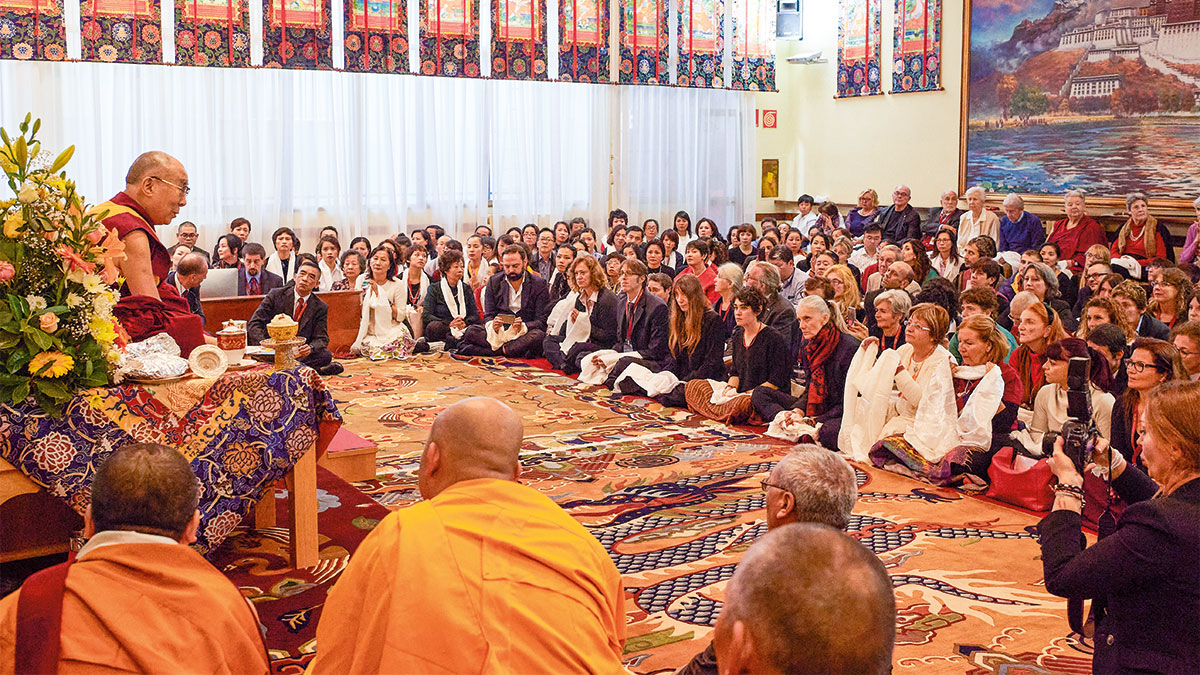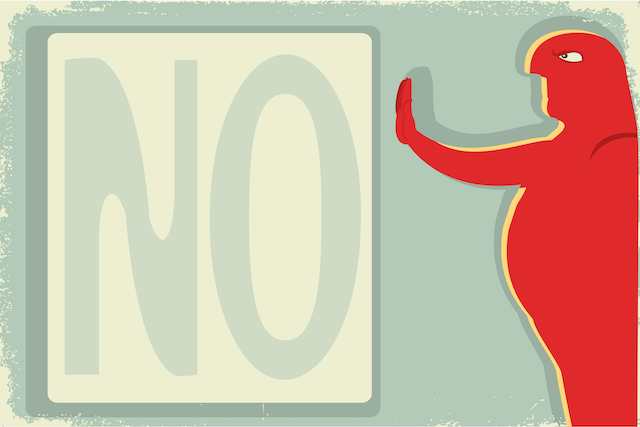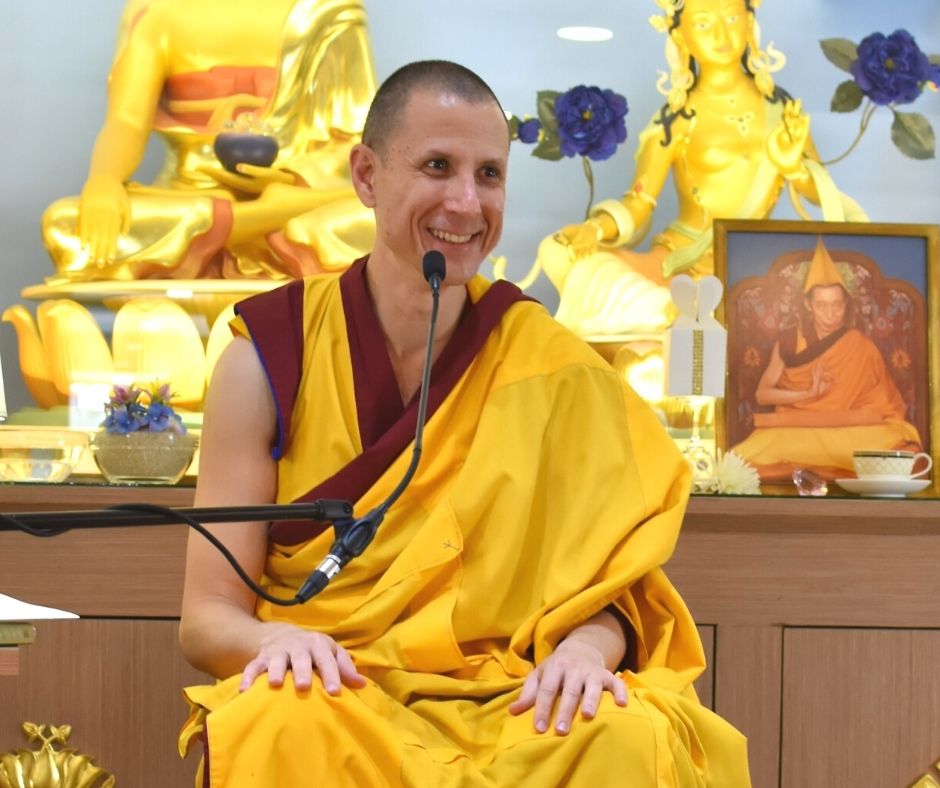The Dalai Lama’s Skillful Means
Bhikshuni Thubten Chodron on what makes His Holiness such a remarkable Buddhist teacher. The post The Dalai Lama’s Skillful Means appeared first on Lion’s Roar.

I’ve had the good fortune of studying with His Holiness the Dalai Lama for several decades. Let me tell you what it’s like to study with him.
His Holiness is extremely broad-minded and inclusive, respecting all religions and doing practices from the four Tibetan Buddhist traditions. He dialogues with scientists, leaders of other faiths, politicians, incarcerated persons, philosophers, and the general public, sharing Buddhist philosophy, psychology, and practice with them while being keen to learn about their fields of expertise. In doing so, he is the ultimate twenty-first-century Buddhist, proving we don’t need to have the same beliefs to live harmoniously with others. Emphasizing the use of logic and reasoning, he’s willing to shed traditional beliefs that are disproven and adopt new perspectives. Speaking about secular ethics and compassion, he is a Buddhist master who is the face of Buddhism to the world.
“When His Holiness speaks to groups of tens of thousands of people, my experience is that he’s talking directly to me, telling me what I need to hear at that time.”
His Holiness is straightforward, teaching with a pure and compassionate motivation, seeking the best for students. Still, he doesn’t shy away from addressing problems. Although some people expect him to make widely applicable pronouncements for everyone to follow, he recognizes that he does not have that power: each Tibetan tradition has its own leaders who are responsible for teaching and correcting their students.
When His Holiness speaks to groups of tens of thousands of people, my experience is that he’s talking directly to me, telling me what I need to hear at that time. His teachings are profound yet practical, and he’ll weave deep philosophical points with everyday advice, so that whatever level a student is at, they’ll learn something valuable. When he enters an auditorium filled with non-Buddhists to give a public talk, many people’s eyes fill with tears, feeling his love and compassion before he’s said a word. This occurred when His Holiness greeted my scientific, nonreligious father in a hotel corridor and, much to my amazement and joy, Dad’s eyes welled up.
What and how His Holiness teaches fits the audience. He’ll read from a text and explain points according to the traditional outline, but he will leave textual outlines aside when necessary. For example, for Western audiences, rather than begin presenting the stages-of-the-path teachings (lamrim) by saying that relying on a spiritual mentor is the first stage, he will immediately dive into an explanation of the two truths (ultimate and conventional) and the four noble truths, as well as the nature of mind.
During meetings with His Holiness when we were working on the Library of Wisdom and Compassion, a ten-volume book series explaining the path to awakening for a contemporary audience, there were usually three or four geshes (scholar-monks) present. When I posed a question about Buddhist philosophy, he would usually discuss it with the geshes in Tibetan, while I eagerly awaited an answer in English. After an animated conversation, sometimes they’d agree on an answer, but other times—such as when I queried how an awakened yogi would see our polluted world—His Holiness would turn to me, laughing, and say, “I don’t know!”
Humor is important to him. He’s relaxed and laughs not only at funny situations, but also at his own mistakes. I remember once His Holiness was giving the bodhisattva vow and in the middle of the ceremony, he accidentally turned two pages instead of one and lost his place. Forsaking embarrassment, he chuckled.
His practical approach to thorny topics clarifies misconceptions. He engages whole-heartedly in rituals and ceremonies, but has a practical approach regarding their intended effects. “If you don’t contemplate emptiness while doing them, you’re missing the purpose,” His Holiness says, “and if you don’t engage in the ritual or meditation with a bodhicitta motivation, it risks becoming a mere performance.” Plus, he isn’t afraid to address sensitive topics, saying that the instruction for disciples to see their guru as the Buddha is poison for those who are not practitioners of highest yoga tantra or who misunderstand this practice.
His Holiness links points from different topics in a way that seems obvious after he says it, but that you wouldn’t have thought of yourself. Although he teaches all aspects of the path to awakening, he focuses on wisdom and compassion. But he doesn’t just tell us to generate these qualities, he provides step-by-step instructions on how to do so. His Holiness then encourages us not to simply remember the words of a teaching, but to put them into practice and not shy away from difficult points that can be hard to understand. He often says, “Don’t be like an old person without teeth who eats only the soft food and tosses away the hard pieces.”
Furthermore, just as the Buddha did, His Holiness discourages blind faith and encourages people to analyze and test the Buddha’s teachings. When they see the teachings do not contradict logic and bring the desired results, then they have faith, trust, and confidence in the dharma and put it into practice. Along this line, His Holiness says that we shouldn’t sit back and pray, thinking the buddhas and bodhisattvas will enlighten us. We must make an effort; results will gradually come. “After one year, don’t expect enormous changes,” he says, “but look back five years and see how much you’ve progressed.”
Whereas we ordinary people see others filtered through our preconceptions, stereotypes, and biases, His Holiness views everyone as a friend. For example, I once saw a scientist greet His Holiness with “Hello, Dolly” and give him a big hug. While I stood there aghast at the breach of protocol, His Holiness was perfectly fine with it and received the man with great warmth. It’s evident that His Holiness practices what he teaches.

Bhikshuni Thubten Chodron is the founder and abbess of Sravasti Abbey in Newport, Washington, and the author of Don’t Believe Everything You Think. She was ordained as a Buddhist nun in 1977 and received full bhikshuni ordination in Taiwan in 1986.

 Troov
Troov 































